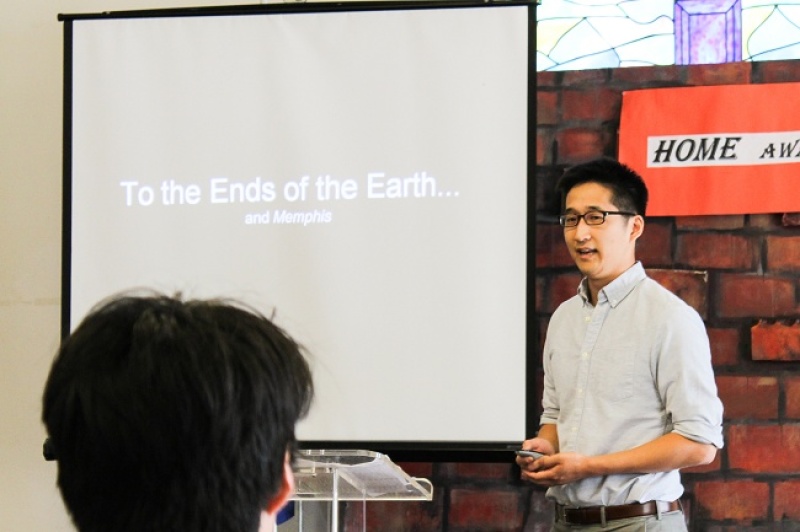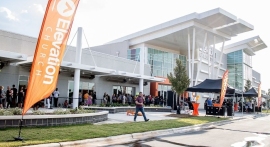
Inner city health care missions and international healthcare missions are two sides of the same coin, Dr. Andrew Kim said at the recent Global Medical Missions Alliance (GMMA) Conference at Bethel Korean Church on Friday.
He showed the audience a map of Memphis that illustrated the racial divide of the city. On the map, there were concentrations of red dots that represented the white population and concentrations of blue dots that represented the black population.
Kim is a doctor at Resurrection Health, a healthcare center that provides service to marginalized communities in Memphis, Tennessee.
"The irony is that patients are fighting over access to physicians in the blue areas while physicians are fighting over patients in the red areas," Kim said, referring to the unequal distribution of healthcare related resources in different parts of the city according to race and socioeconomic status.
When Kim asks kids who live in the blue areas what they want to do when they're older, they say they want to go to college or get a job "far away from Memphis because the only way to get out is to escape," Kim said.
"The reason why the blue areas stay blue and the red areas stay red is because once people who lived in the blue areas become successful, they move out. But if Jesus were looking at this map, where would he go?" Kim asked. "He would go to the blue areas. Jesus intentionally went to the harassed, the helpless, and the shepherdless."
The very nature of Jesus is to heal, Kim said, referring to Matthew 9:35.
"Jesus proclaimed the good news of the kingdom, healing every disease and sickness. If you look at these verses, healing disease and sickness are primary functions of the kingdom," Kim said.
"But even if you go to heal the community, you will be persecuted. Why? Because it's war between the kingdom of God and the kingdom of the world. Persecution is a part of witness," he continued.
Domestic inner city missions is the best training site to prepare to go overseas, Kim said.
Quoting British missionary C.T. Studd, Kim said, "The light that shines farthest shines brightest at home."
"The people I know who have gone to the most remote parts of the world are the best doctors and nurses when they're in the U.S. domestic inner city missions and overseas missions are really just two sides of the same coin," Kim said.
"So think about the hardest places in the U.S. Where would Jesus go?" Kim asked.
Meanwhile, Kim's workshop session was one of over 50 different workshops that were featured at the conference that discussed topics such as dental care, crisis response, and nursing, as well as the needs of various regions including countries in Europe, Africa, and Asia.



















